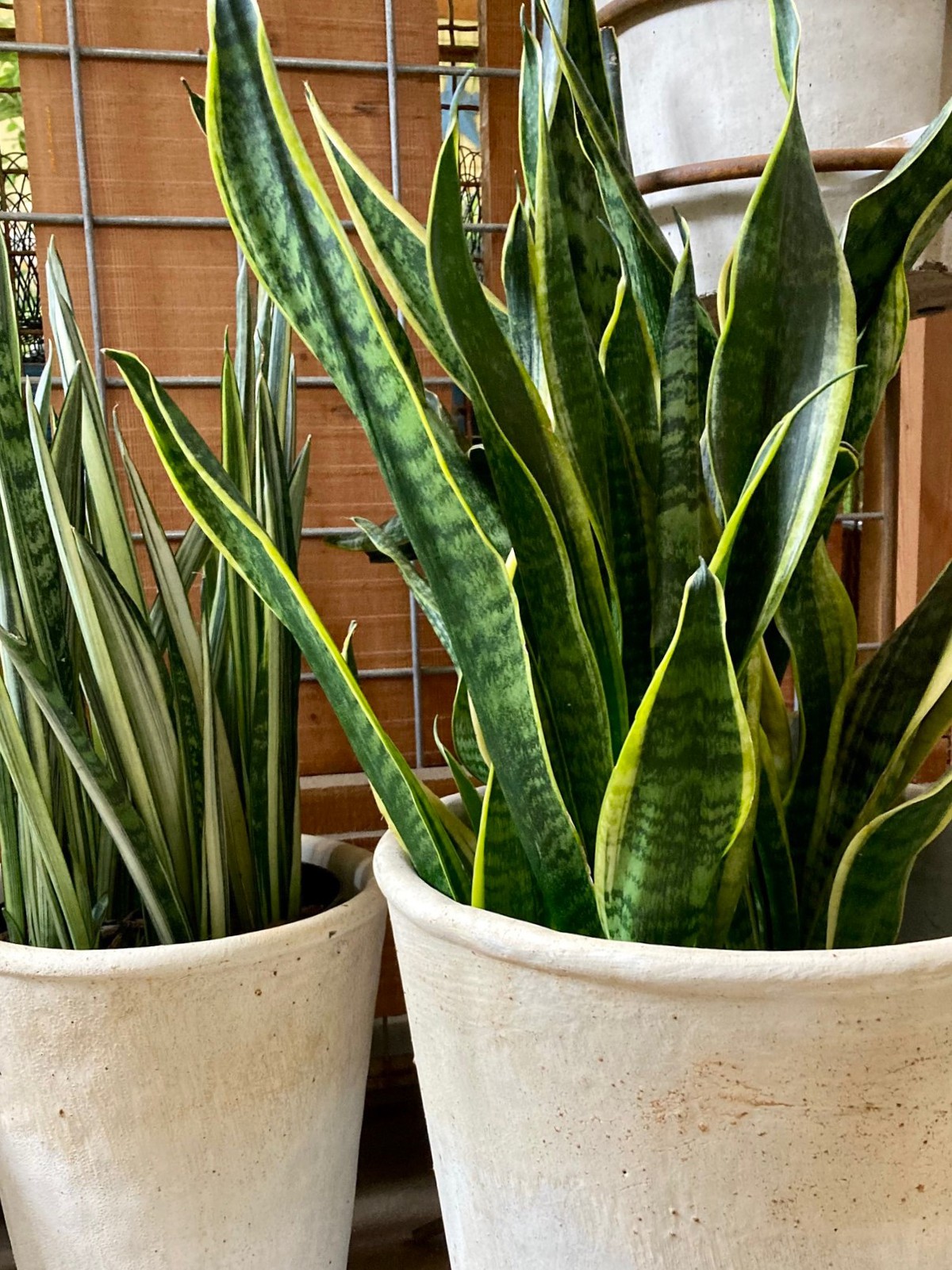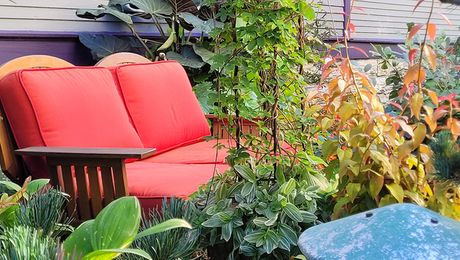
Succulents thrive in arid, often harsh climates, with abundant bright sunshine year-round and little to no regular water. They have adapted to such conditions by developing thick, fleshy leaves and stems to store whatever moisture eventually comes their way. They are survivors, accustomed to living and even flourishing with minimal care.
Gardening with succulents allows you to experiment with an exciting array of textures, colors, sizes, and forms. In warmer, drier, snow-free parts of the world, a wide range of succulents work beautifully in the sunny landscape, but there’s no need to despair if you’re a cold climate gardener or just hope to liven up your indoor jungle by adding a succulent or three. Given the right growing conditions, there are many charming succulent choices available to you.
Succulents grown outdoors perform best when planted in full sun, in light, well-aerated soil with excellent drainage, and with minimal but regular irrigation during dryer periods. Indoors, it’s pretty much the same. Suitable warmth, bright light, good drainage, and minimal moisture are the keys to success for almost any succulent you might wish to try as a houseplant.
The following succulents will do well in a bright sunny location inside and can be transitioned in late spring or summer to the outdoors in much of the Pacific Northwest.

‘Fish Hooks’ senecio
(Curio radicans ‘Fish Hooks’, Zones 10-11)
This is a wonderful trailing succulent from Africa with small green, banana-shaped leaves (which some say look like fish hooks) spaced along the long, slender, trailing fleshy stems. This succulent will love the brightest location in your house and needs ample room to trail since it can grow up to 8 feet long with time. ‘Fish Hooks’ senecio makes a truly unique hanging plant.

‘Sorrento’ sedeveria
(Sedeveria ‘Sorrento’, Zone 9-11)
I love how this plant has tolerated its tiny container for over two years, remaining compact and happy as can be in my sunny south-facing window. This charming Sedum x Echeveria intergeneric hybrid combines the best features of both genera, resulting in a cluster of dense, colorful rosettes carried on short stocky stems. The color can vary, ranging from bronze or coral to maroon and even purple. It will reach 9 to 12 inches tall and wide if transplanted into a larger container.

Christmas cactus
(Schlumbergera bridgesii, Zones 10-11)
A Christmas cactus is not actually a cactus, but a succulent native to the shady, humid coastal mountains of Brazil, and is probably the most popular indoor-grown succulent. Cascading flat, green, segmented leaves carry big, traffic-stopping blooms on the ends of their stems right around Christmas as the name suggests. Available in a whole range of colors, Christmas cacti can arch out to 3 feet wide in bright indirect light (they’ll burn in full sun) with regular water. Be sure to let them dry out completely before watering again.
‘Splash’ wax plant
(Hoya pubicalyx ‘Splash’, Zones 10-11).
My all-time favorite indoor succulent is the Philippine native ‘Splash’ wax plant. Rugged yet elegant, it sports slender dark stems with fleshy silver-splashed, glossy deep green leaves. Its climbing (or trailing) habit is downright astonishing. So far, mine has climbed 10 feet straight up the wall despite being planted in only a 6-inch diameter container. I’m looking forward to the day it will produce dish-like, light pink flowers. Give wax plant bright indirect light, well-drained soil, and water it every three to four weeks to keep it happy.
A few more tips to keep your succulents happy
Although these are generally considered easy-to-grow plants, consider these quirks before you go out and purchase a succulent for inside.
1. If you’re tempted to pop a succulent into a room without good airflow (my laundry room for example), it will languish. Good airflow is a must to keep fungal disease at bay.

2. Blessed with only north-facing windows and shade? Snake plant (Sansevieria spp. and cvs., Zones 10-11), and ZZ plant (Zamioculcas zamiifolia and cvs., Zones 10-11) are two types of succulents that don’t object to darker conditions.
3. Avoid overwatering. We’re so accustomed to “regular” houseplants and their robust moisture requirements, that it is hard to come to terms with just how drought-tolerant a succulent really is. An overwatered succulent will quickly rot, so err on the dry side and water sparingly. When moving succulents outside for the spring and summer, be sure they aren’t in a location that gets overwatered by irrigation or a downspout.

4. Your succulents (like all houseplants) will appreciate fertilizing on occasion. Feed your indoor succulents at well-spaced intervals three times a year using a well-balanced fertilizer, diluted to half its recommended rate.
For more on succulents for colder climates, go here.
—Fionuala Campion is the owner and manager of Cottage Gardens of Petaluma in Petaluma, California.
Photos: Fionuala Campion
Fine Gardening Recommended Products

Razor-Back Potato/Refuse Hook
Fine Gardening receives a commission for items purchased through links on this site, including Amazon Associates and other affiliate advertising programs.

The Crevice Garden: How to make the perfect home for plants from rocky places
Fine Gardening receives a commission for items purchased through links on this site, including Amazon Associates and other affiliate advertising programs.

Sun Joe Cordless Telescoping Pole Chain Saw
Fine Gardening receives a commission for items purchased through links on this site, including Amazon Associates and other affiliate advertising programs.



















Comments
Log in or create an account to post a comment.
Sign up Log in